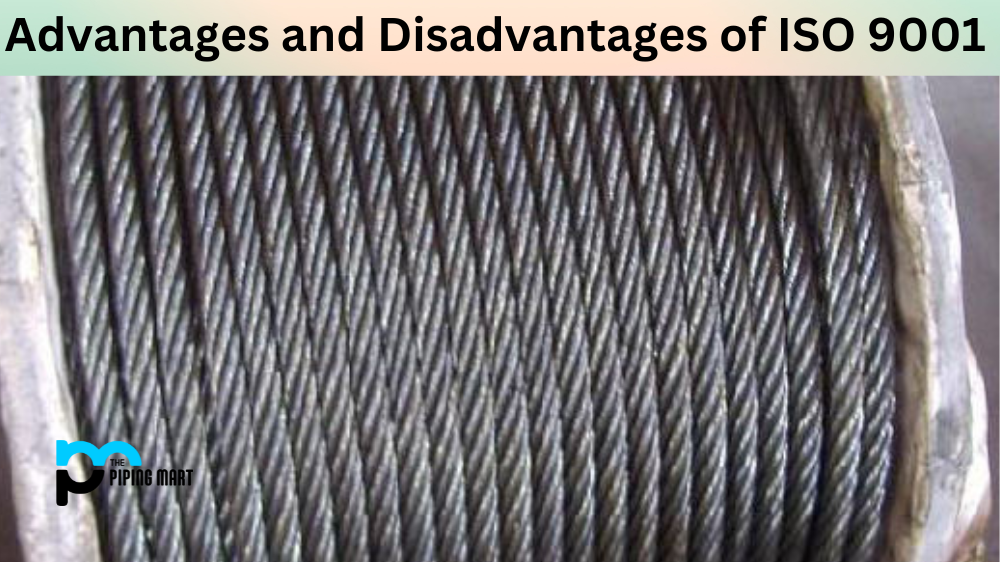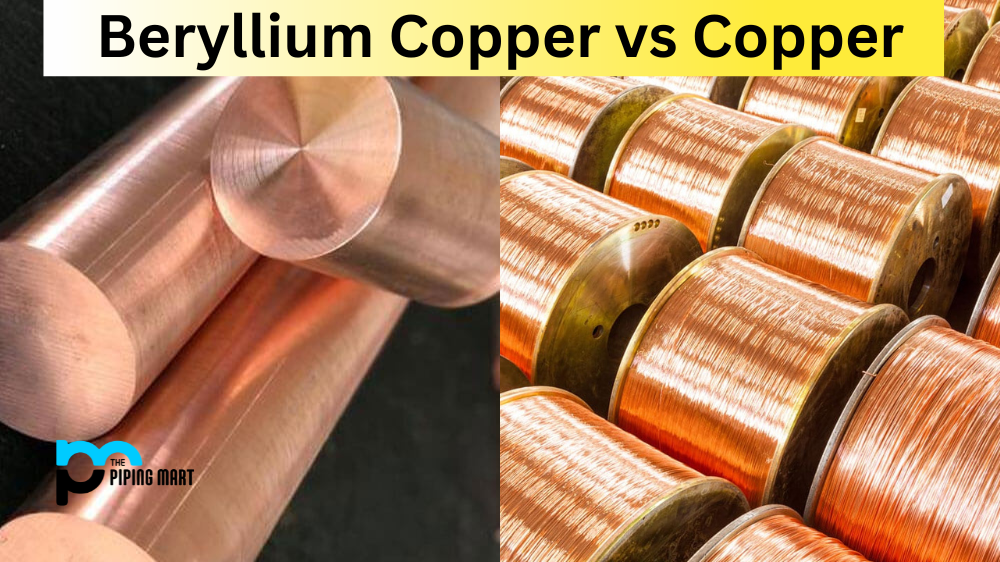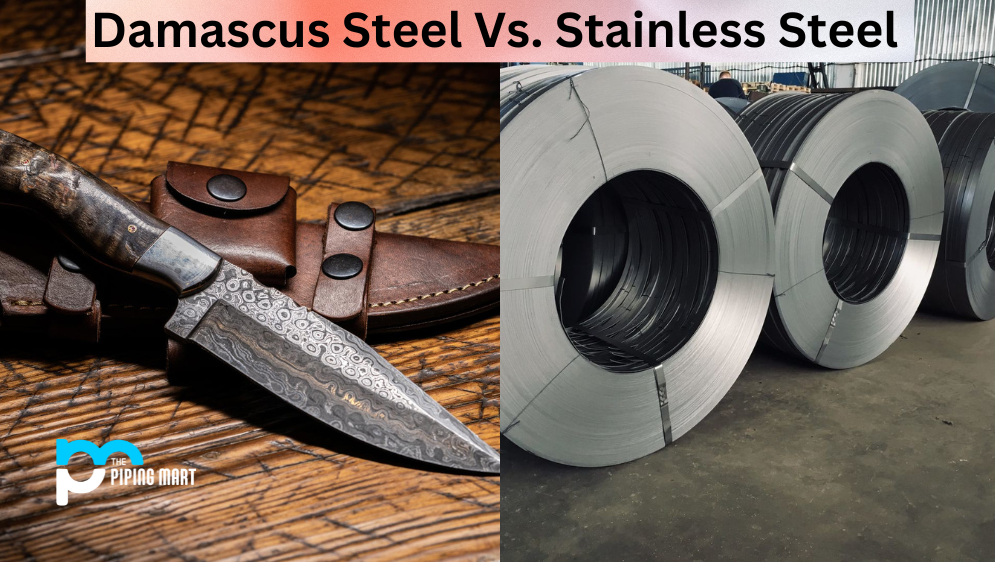The International Organization for Standardization (ISO) sets the standards for businesses in different industries worldwide. The ISO is a non-governmental entity that creates international standards to help companies improve the quality and safety of their products and services. One such standard is the ISO 9001, which assesses the quality management system of a company. In the metal fabrication industry, companies can use metal materials that comply with ISO 9001 standards. This blog post will weigh the advantages and disadvantages of ISO 9001 metal material.
What is ISO Certification?
ISO certification verifies that a production system, distribution process, operation, or reporting protocol meets any of the criteria for standardization and quality assurance. ISO (International Organization for Standardization) is an autonomous, non-governmental international organization that sets standards to ensure the consistency, reliability, and reliability of goods, facilities, and systems.
ISO certifications are used in a wide range of industries, including energy efficiency and corporate responsibility, as well as medical equipment and energy management. To ensure accuracy, ISO specifications are in force. Each certification has its own set of requirements and specifications and is categorized numerically.
Certain sectors, such as the automobile industry, also need ISO 9001 certification for necessary order to which are to be exported. ISO guidelines have laid out what needs to be achieved on each order. ISO certification criteria also contribute to the relevance of goods and services. There is need to make changes by the organization according to when are new standards are implemented.
Benefits of ISO certification
ISO certification is essential, as it demonstrates that the company adheres to strict quality parameters and which should can be trusted. The below are some of the advantages of ISO certification:
- It saves time by determining the main cause of a common problems.
- It contributes to the system’s improvement and performance.
- Ensures the customers are satisfied.
- Is a promise of the product’s or services’ efficiency
- It also improves the company’s competitiveness.
- Increasing the valuation of capital.
Sections of ISO 9001
The ISO 9001:2008 certification comprises of three sections ISO, 9001, and 2015. Here’s what each part stands for:
- ISO
ISO stands for the International Organization for Standardization as previously said. This company creates guidelines in order to certify companies or organizations. Certification is handled by a third party and checked on an annual basis. - 9001
The number that appears after ISO categorizes the norm. The ISO 9000 family of standards all apply to quality. ISO 9001 is one of the most well-known ISO standards, and it specifies the guidelines for following a variety of quality control requirements. It enables companies and organizations to be more competitive while still increasing customer loyalty. - 2015
The final number in an ISO certification refers to the version of the standard that is represents the calendar year of which, standards are launched. It was launched in September 2015. It is the fifth edition of ISO 9001 that was released in September 2015.
Advantages of ISO 9001
Consistent Quality
ISO 9001 metal material is produced with strict quality control measures in place. By using raw materials that have already met these standards, businesses can be assured of a uniform quality of the final product. The materials are monitored and tested at every production stage to ensure they meet the required quality specifications, thus reducing the risk of defects and non-conforming products.
Reduced Waste and Rework
Using metal materials with ISO 9001 certification can reduce the scrap and rework rate, ultimately lowering production costs. The standard ensures that the materials meet stringent composition, weight, size, and strength criteria during production. This, in turn, reduces the probability of producing faulty products, which saves money and time for businesses.
Market Advantage
Many consumers are becoming more aware of the importance of quality assurance and the certifications that come with it. An ISO 9001 certification can improve a company’s reputation and give them a competitive advantage over similar businesses that do not have an ISO 9001 certification.
Disadvantages of ISO 9001
Cost
Standards come at a price, which is no different from ISO 9001 certification. Businesses that produce metal materials must spend significant money on quality management and testing to ensure that the product meets the required standards. This cost is transferred to the end consumer, making ISO 9001-certified metal materials more expensive than non-certified materials.
Compliance Issues
As businesses try to meet the ISO 9001 standards, sometimes longer production and processing times are required. This could affect the delivery times of the finished products, leading to customer dissatisfaction. Additionally, doing manual verification of the process can delay production.
Rigidity
Companies that produce metal materials must conform to the ISO 9001 guidelines, which may be too rigid and stifling for some businesses. Strict requirements may hinder companies from innovating or taking steps that may set them apart from the competition.
Conclusion
When choosing to use ISO 9001 metal material, businesses should weigh the advantages and disadvantages before deciding. While an ISO 9001 certification can ensure consistent quality and provide a market advantage, it does come with a cost, compliance issues, and rigid guidelines. Ultimately, whether to use ISO 9001 metal material should depend on the company’s goals, values, and resources. Businesses need to make a decision that will be cost-effective and increase marketplace competitiveness.

A passionate metal industry expert and blogger. With over 5 years of experience in the field, Palak brings a wealth of knowledge and insight to her writing. Whether discussing the latest trends in the metal industry or sharing tips, she is dedicated to helping others succeed in the metal industry.




